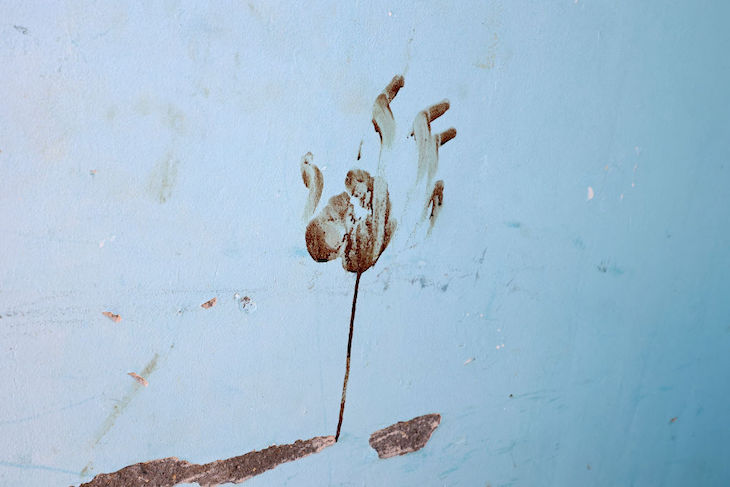Travelling through the Gaza border area on the morning of October 8, 2023, I was struck by a sense of familiarity. The scenes of destruction, the burnt buildings, and the smashed-up cars by the side of the road were, of course, profoundly shocking. But they were not, at least to me, unfathomable. Unlike most of my fellow Israeli citizens, I had spent a good part of the preceding decade in close proximity to the wars in Syria and Iraq. I knew then, immediately, what had just happened in the kibbutz of Israel’s southern region was what happens when a Sunni jihadi organisation finds a way through to the helpless civilian population of one of its enemies.
The day after the massacre, the border area, where so many Israelis had lost their lives, was a place of ruin and destruction. The terrorists had only just been subdued and the Israeli authorities had taken care to collect the bodies of the victims first. The

Britain’s best politics newsletters
You get two free articles each week when you sign up to The Spectator’s emails.
Already a subscriber? Log in






Comments
Join the debate for just £1 a month
Be part of the conversation with other Spectator readers by getting your first three months for £3.
UNLOCK ACCESS Just £1 a monthAlready a subscriber? Log in